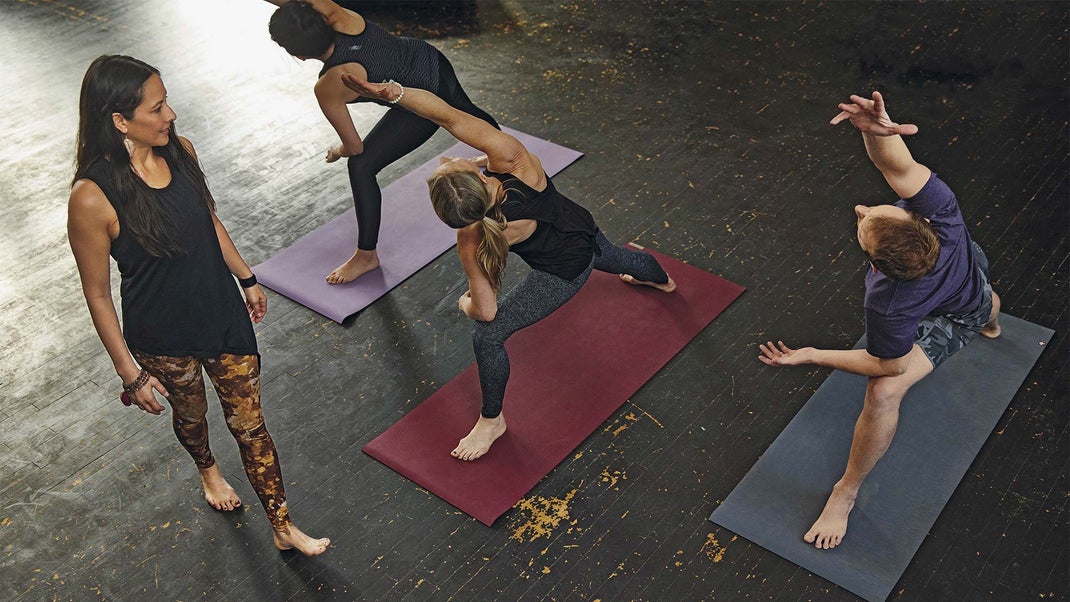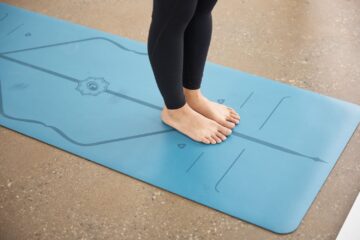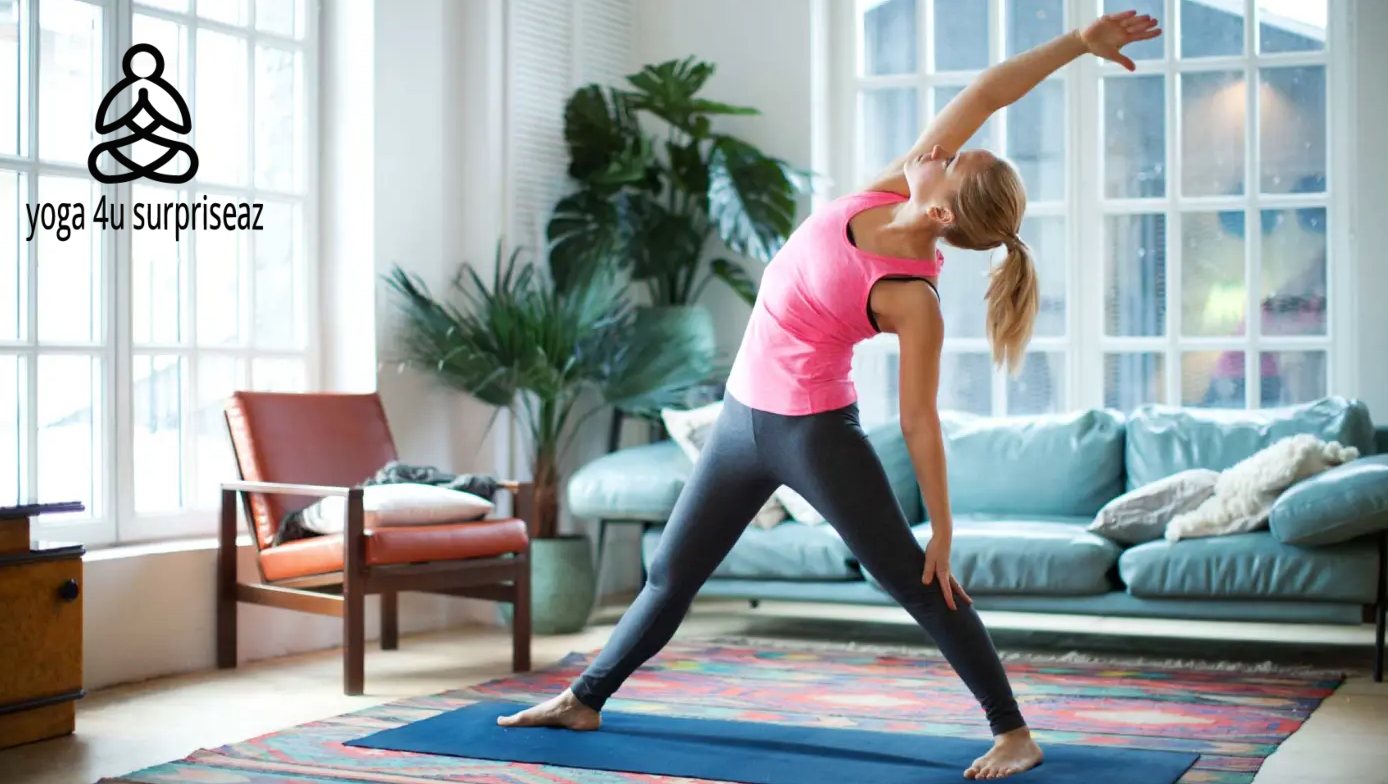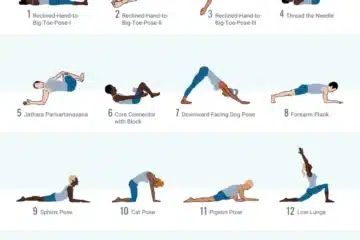When teaching yoga, it is important to remember that not everyone has the same body or abilities. Adjustments can help make a class more accessible for students of all levels and provide valuable feedback about what might need to change in their own practice. Adjustments are also an opportunity for teachers to give love and offer support. This post offers 10 rules on how adjustments should be done, which will hopefully empower you as a teacher!
Yoga teacher Coral Brown says she’s probably performed thousands of hands-on assists on students over the past 20 years. When she traveled with her teacher, Shiva Rea, her role was to provide energetic alignment-based assists—meaning she helped students move into a deeper embodiment of twists, forward folds, backbends, and more. “To my knowledge, I never hurt anyone,” says Brown. “But looking back, I fully own that there is a danger, and potential for injury, in assisting.”
When she sustained a hamstring tear after a teacher gave her a deep assist, Brown says she realized that some assists can be too much—and she shifted her views on hands-on adjustments. “Rather than use an assist to practically do the pose for the student, I now use a guiding touch to teach students how to embody the pose on their own,” she says.
Like Brown, many other teachers are re-thinking their use of hands-on adjustments in public yoga classes, which are feeling scarier than ever for both teachers and students. After all, we live in an increasingly litigious society, and the #metoo movement has brought a heightened awareness to power dynamics. Vinyasa yoga teacher Jason Crandell says this is one reason why he started giving fewer manual adjustments. “It’s natural to crave the affection of the person in charge, and that can lead to big problems,” he says. “In my mind, that was a reason to be more reserved in how I interact with my students.”
Crandell says he’s also hearing a growing number of stories from students who’ve experienced injuries after intense manual adjustments, which he believes is a result of many teachers being radically undertrained to perform them. “We have fetishized range of motion through outlets like Instagram, often at the expense of the quality and integrity of a pose,” he says. “As teachers, we need to stop thinking about hands-on assists as a way to push students more deeply into a pose.”
ParaYoga founder Rod Stryker agrees, adding that manual adjustments may not be as helpful as they are made out to be. “Well-informed, deep hands-on adjustments—done skillfully—can feel good, but they’re not necessarily productive to the student in the larger sense or meaning of practice,” he says. “In fact, I’ve noticed students grow dependent on teachers who do a lot of hands-on adjustments, and they can even become emotionally reliant on being adjusted.” If a student’s safety is compromised in a pose, Stryker will perform a manual adjustment. Otherwise, he focuses on verbal and visual cues.
Whether you’re a teacher craving more information on how to navigate hands-on adjustments or a student wondering what’s appropriate, use the following guide to help chart this tricky territory.
1. Get consent.
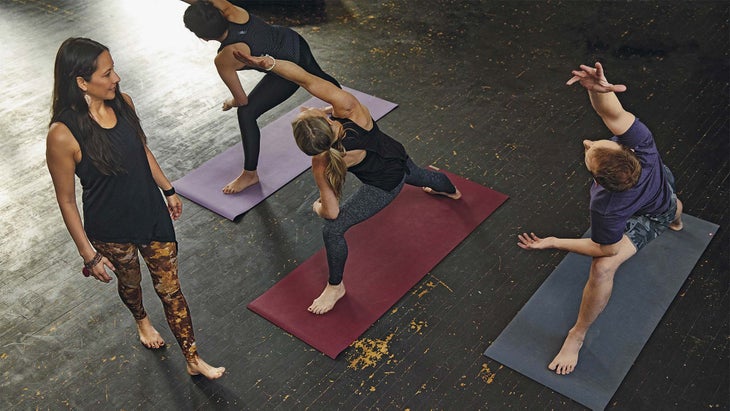
Sounds obvious, but keep in mind that some people may not give an honest answer when asked if they want an assist, says Gina Caputo, founder of the Colorado School of Yoga. “Give students a chance to express their consent—or not—prior to the time you’d like to give the assist, and preferably with some privacy or in writing,” she says. For example, you might ask students to raise an arm in the air during the first Child’s Pose if they want to be adjusted, says Sarah Silvas, co-owner of Earth Yoga in Boulder, Colorado, and associate director for equity compliance at Naropa University. “Using language that allows students to opt-in rather than opt-out creates an atmosphere of inclusivity,” she says.
2. Allow students to opt-out at any point DURING class.
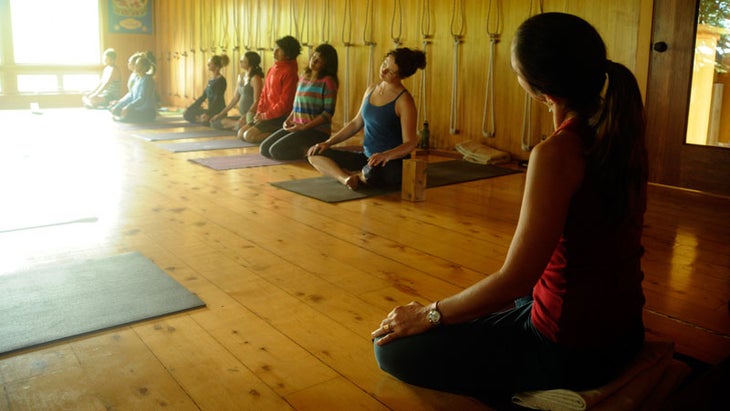 Students may feel comfortable being adjusted in one pose but not another. They may feel safe at the start of class, but anxious toward the end. Shannon Paige, co-owner of Earth Yoga, gives her students a tool they can use throughout the class to convey their feelings discreetly. “Turn the card one way to signal you’re open to touch and turn it the other way to signal you do not want to be touched,” she says. “This way, you can change your mind throughout the class.”
Students may feel comfortable being adjusted in one pose but not another. They may feel safe at the start of class, but anxious toward the end. Shannon Paige, co-owner of Earth Yoga, gives her students a tool they can use throughout the class to convey their feelings discreetly. “Turn the card one way to signal you’re open to touch and turn it the other way to signal you do not want to be touched,” she says. “This way, you can change your mind throughout the class.”
3. Read any resistance.
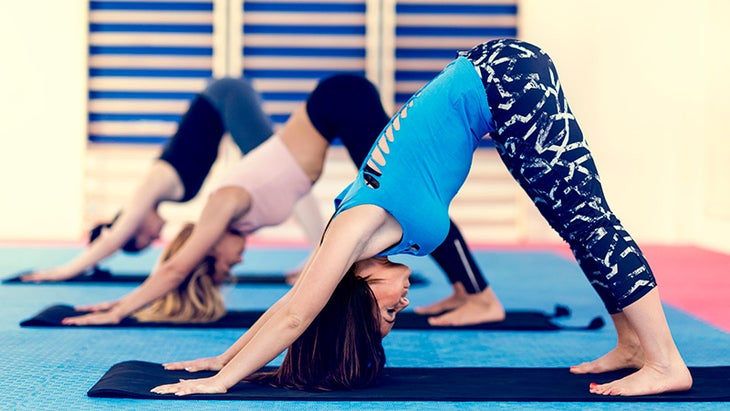
A teacher’s hands should be highly sensitive throughout a hands-on assist, says Chrissy Carter, a lead teacher trainer for YogaWorks. “If you feel the resistance of any kind, whether it’s physical or energetic, ask yourself if the adjustment is necessary or relevant at that moment, and don’t be afraid to walk away.”
4. Be gracious if a student says no to an adjustment.
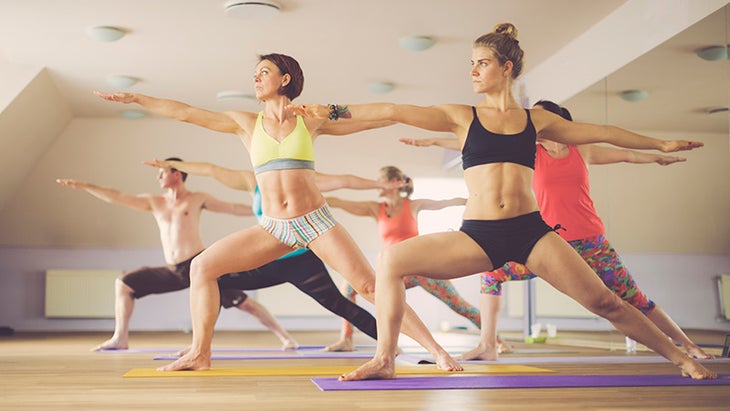
If you place your hands on a student and they say “stop” or “no,” don’t get offended. “I am completely happy when a student tells me to back off,” says Mary Taylor, a longtime Ashtanga Yoga teacher. “I make it clear to my students, in a very positive way, that it is perfectly fine to say no. Then, after class, I might talk to them to try to get a better understanding of why.”
5. Make your presence known before you approach a student.
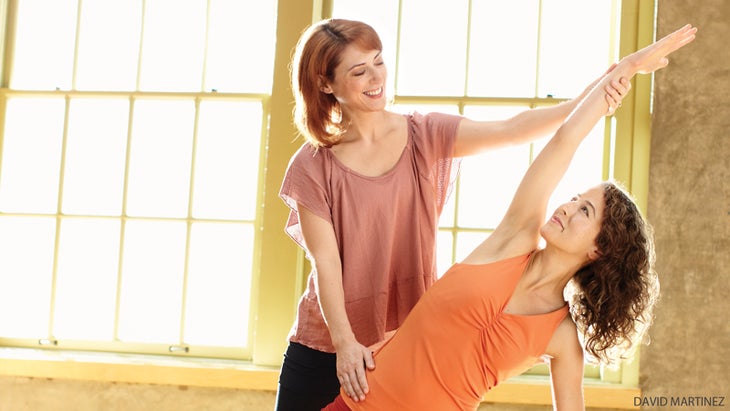
No one likes to be startled—especially a yoga practitioner who is deep in concentration. If you are going to perform a hands-on adjustment, let the student know where you are in relation to them, and never approach from behind. “I always stay in the student’s line of sight,” says Silvas. “If their gaze is down, I put a foot near them or give the class a verbal cue so they know where I am in relation to them, and that my intention is to give an adjustment.”
6. Use adjustments to help a student back off.
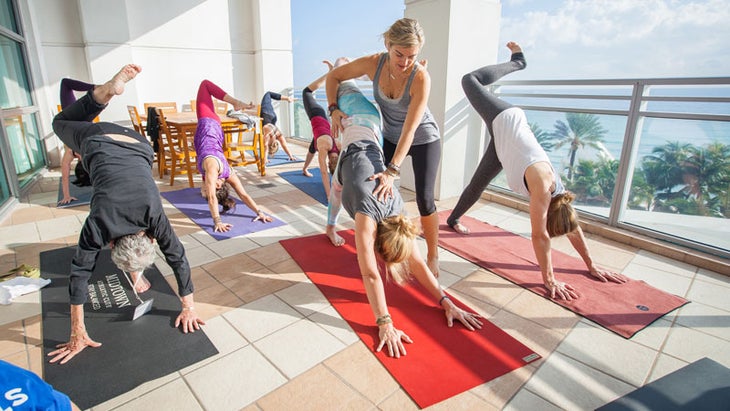 Rather than viewing hands-on adjustments as a means to help a student go deeper into a pose, think about it as an effective way to help a student find integration and stabilization, or to back out of a pose if they have a lot of mobility, says Carter. “If I see students going too far into a Wide-Legged Standing Forward Bend, for example, I will use my hands to help them back out of the bend,” she says. “This can really help them protect their hamstrings and find more stability in the pelvis.”
Rather than viewing hands-on adjustments as a means to help a student go deeper into a pose, think about it as an effective way to help a student find integration and stabilization, or to back out of a pose if they have a lot of mobility, says Carter. “If I see students going too far into a Wide-Legged Standing Forward Bend, for example, I will use my hands to help them back out of the bend,” she says. “This can really help them protect their hamstrings and find more stability in the pelvis.”
7. A little goes a long way.
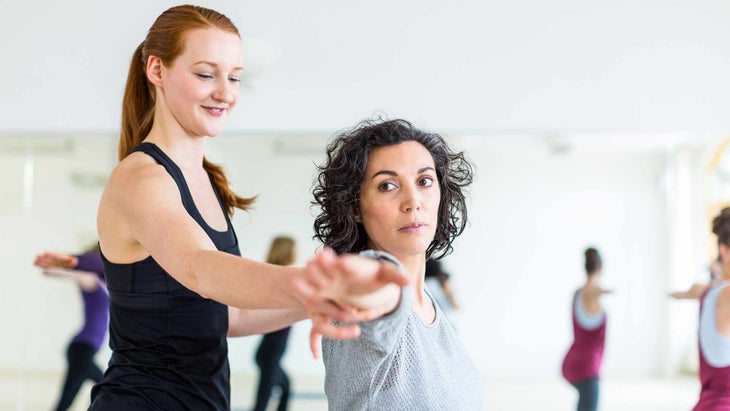
If you want a student to be more engaged in an action, try simply touching the area that needs attention. For example, in Adho Mukha Svanasana (Downward-Facing Dog Pose), tap the outer upper arms to help a student realize her upper arm bones could be more externally rotated, instead of rotating them yourself, says Sarah Ezrin, a teacher at YogaWorks. Unlike a more involved adjustment where the teacher makes the action happen for the student, tapping or pointing in this way brings awareness to a muscle that may be sleepy.
8. Know exactly what needs adjusting.
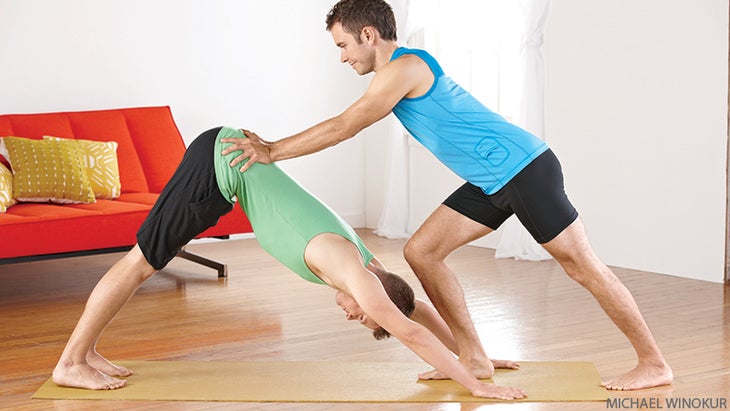
Don’t know what you need to address? Then stay away, says Carter. “Only approach a student and put your hands on her if you know exactly where your hands are going to go and what they’re going to do.” Tiffany Cruikshank, the founder of Yoga Medicine, agrees, adding that if you feel uncertain or nervous, your students will pick up on that vibe. “Go into a hands-on assist with confidence,” she says. “Your touch should be firm. Light, floaty hands can give a student mixed messages.”
9. Ask for feedback at the moment.
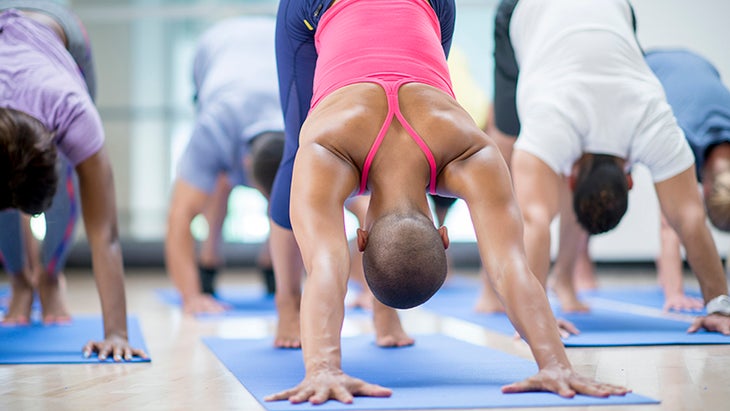
Students may hesitate to speak up when you’re giving them a hands-on adjustment. So, ask questions throughout the assist. This way, you aren’t guessing how they are feeling. “I always say, ‘How does that feel?’ or ‘Is that OK?’ when using my hands, to reassure the student that it’s OK to speak up,” says Taylor.
10. Pair touch with excellent cues.
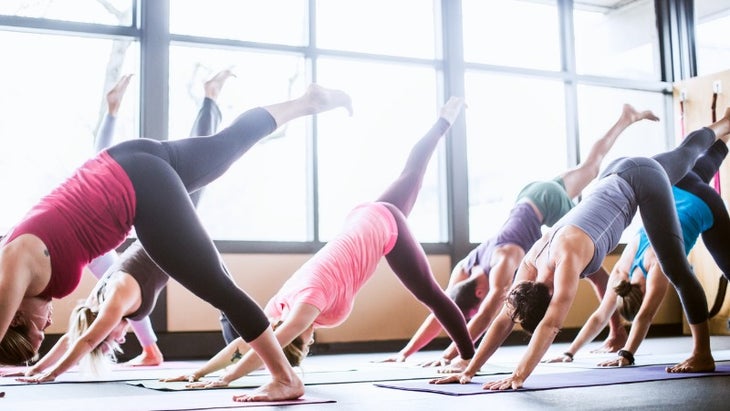
By verbally explaining what you are doing throughout a hands-on adjustment, you put your students at ease while also educating them. “I only use my hands when there is an opportunity to teach a student’s body how to do the pose so they can later replicate it correctly on their own,” says Crandell. “Using my hands or their hands as a point of contact, in conjunction with my verbal cues, makes my student’s active participants in the process.”
Conclusion:
By pairing touch with excellent cues, you can teach your students how to do a pose on their own and give them the self-confidence they need.
